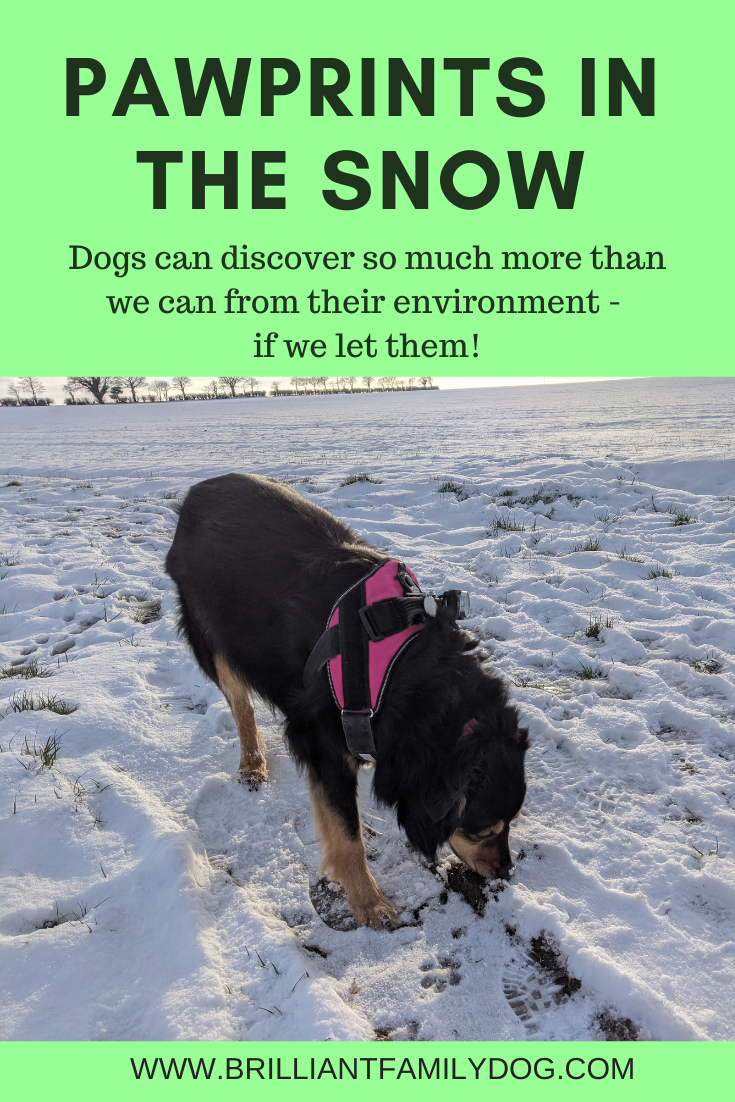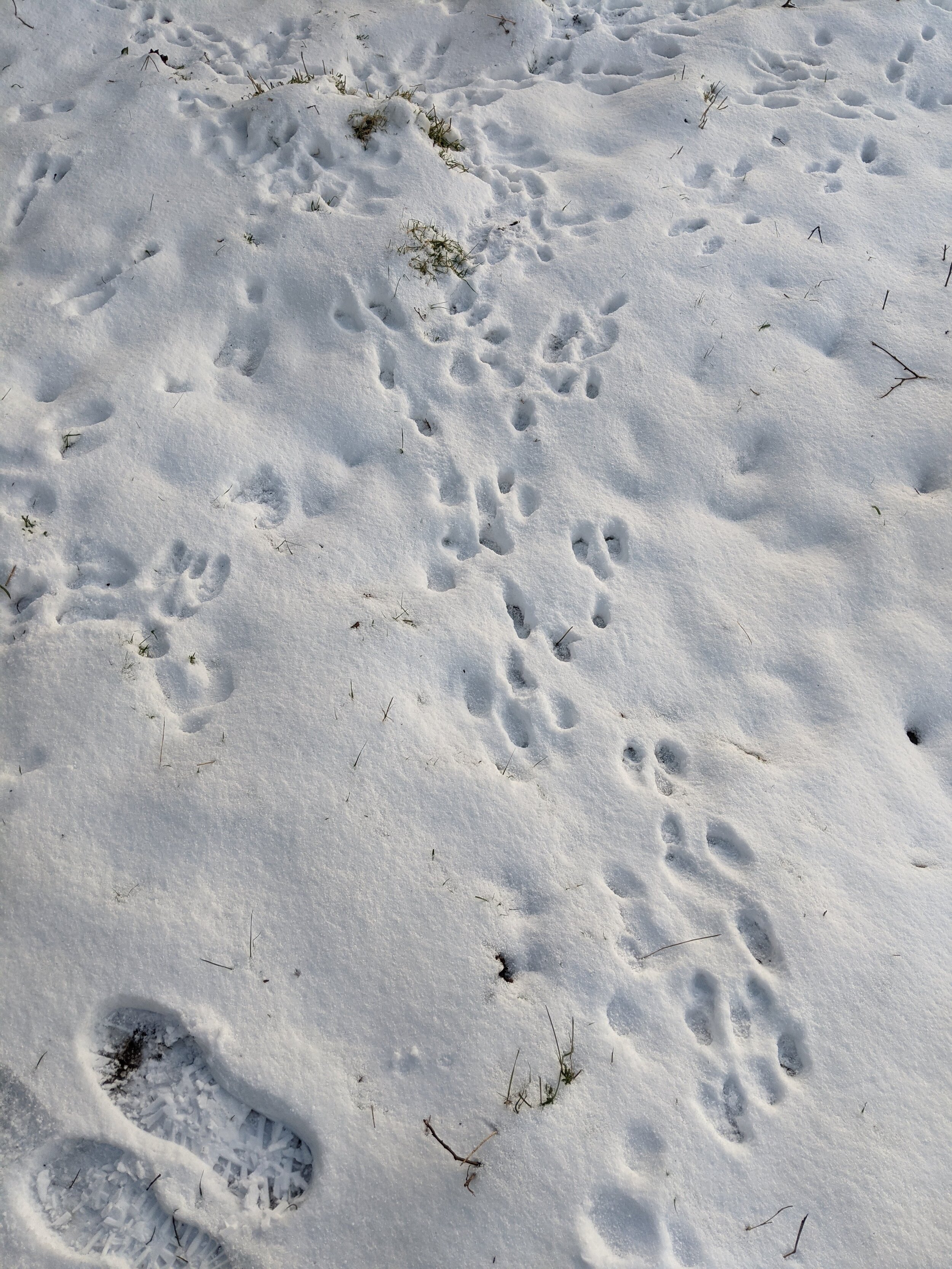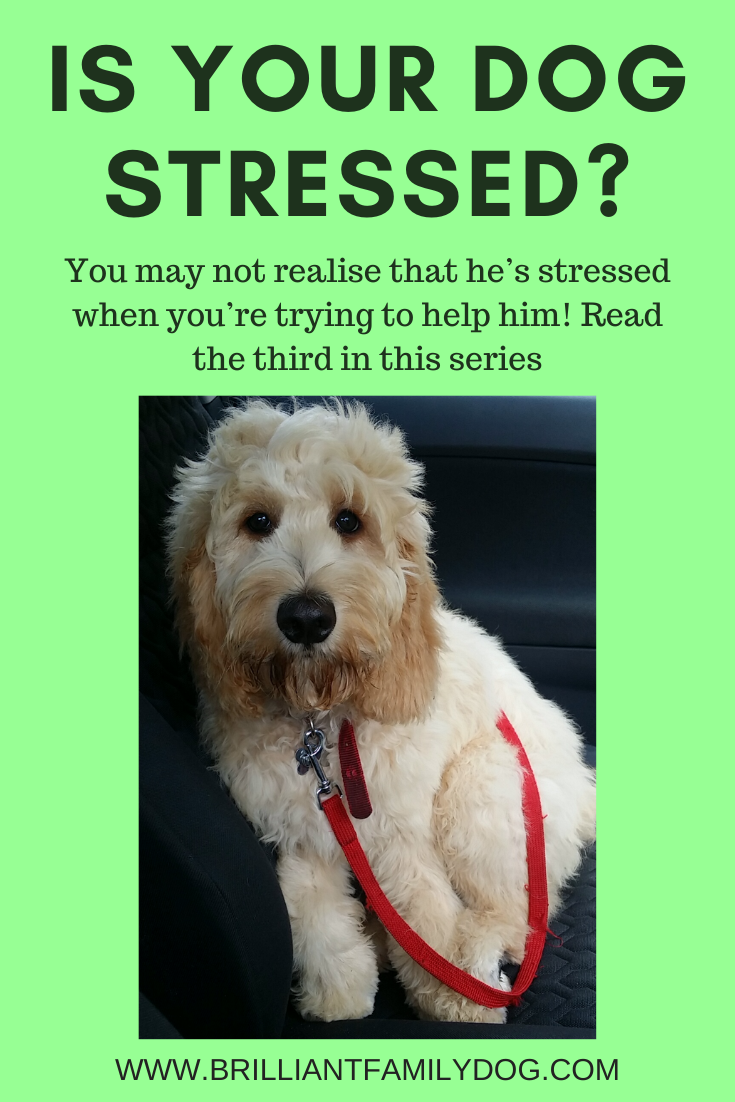.. and appreciate those who want to help you!
I spend most of my time encouraging and teaching folk to appreciate their dog, their difficult barking and lunging dog, their frustrating new puppy.
And despite giving a lot of my time, energy, expertise, and resources free of charge, there are always the naysayers! People who’d rather scoff than learn, people whose minds are closed - but sadly not their mouths!
It’s so easy to condemn and badmouth. It’s so easy to flip out a clever but thoughtless reply. Often this is done as a knee-jerk response to what they see as a challenge to their own competence. But no-one is born knowing how to understand and train a dog! No-one is blaming them for their lack of knowledge! The trick is to keep our mind open and accept help in the spirit in which it is offered.
This goes for how you treat your dog as well as yourself and everyone around you.
Blaming the dog for your own shortcomings is not going to move you both forward! A casual remark that your dog never listens, is stupid, is difficult, can become a self-fulfilling prophecy! I know this, because, dear reader, this was once me (l-o-o-o-ng time ago . . .).
Because I now put myself out there in the firing line, I get a lot of this criticism and backchat.
But I know that these remarks usually say more about the speaker than about me! I’m sorry that they’re not going to take advantage of what I can offer their dog. But, as the saying goes - you can lead a horse to water but you can’t make him drink!
There are plenty who WANT to learn!
So today I thought I would celebrate all the LOVELY people who follow me and appreciate me. You never get to see these comments because they’re sent direct to me. So I’m going to bask in the pleasure of printing them 😊.
Hopefully, if you’ve been reading the negative stuff, you’ll see the other side of the picture.
And if you’re one of my “fans”, know that I LOVE hearing from you, and your enthusiasm and appreciation enable me to keep doing what I do.
“We are all reading and enjoying a real live person who clearly loves dogs also. Your empathy with all dogs is clear to see. “ - LK
“Yay! Our walks are SO much more enjoyable for us both. Abby is so much calmer and less reactive. I’m quite excited that we’re both learning to be a better team!.” - NS, GDCD student*
“I loved your course and have shared the info with many. Our dog continues to amaze us and our friends.” - SS, BfDA student**
“First thing I must tell you, I love reading your emails. It’s like being with family.” - CH
“Beverley's course is such a help. We've only been doing it a short while but it's made such a difference to our Tallie both indoors and out.” - LB, BfDA student**
“I spoke to you a while back when we struggled to get her to go for a walk with only one of us! Your advice worked and Jenny is now very keen to go for a walk solo! She has become quite the outdoor dog.” - SF
“Thank you! I’m glad to have a place where I don’t feel like I’m the only one who has a reactive dog and where others understand the struggles we’re all going through.” - ZB, GDCD student*
“Rather than bring the family together, she had started to tear us apart, getting more difficult and rebellious. With just one day of using your methods, we are already seeing a happier dog, wanting to come to me and to listen. Thank you so much Beverley, Im looking forward now to the next few weeks with positive, fun learning and the outcome for a happy family dog.” - TD
“Her focus has gone from not great to amazing. Mostly she is calm and well settled. “ - CH, BfDA student**
“Thank you so much for all your hard work. You are valued and appreciated very much by everyone here.” - CF
“I just wanted to say, I joined because in the one hour free Workshop you gave, you talked about her name being precious - it was like you were there in my front room! In just one day she's responding much better. I figured, well if one free workshop can achieve that quick change, the full program has got to be so worth it! Just to compare the prices, when we first got Alina, we had a 50 minute session with a local trainer - it cost us £80. She wanted us to go back for regular weekly sessions, but that was out of our price range. So for less than the cost of 2 sessions with the trainer, the offer of a lifetime’s support and all the workshops and modules seemed such good value.” - GO, BfDA student**
“Thank you for your books, they have given me a feeling of hope for the future.” - SH
“Your courses and advice have already in this short space of time changed my behaviour and in turn Harp's behaviour. It helps of course also that as you have mentioned many times that we should have the same respect and courtesy for our dogs as we would any other member of our family. That's something Harp and I have been working better at.“ - TH
“You have been at our side since our Maxwell (cocker spaniel) was 8 weeks old, and he's now 9 months, and gorgeous.” - PB, BfDA student**
* GDCD student is a person enrolled in the From Growly Dog to Confident online program.
** BfDA student is a person enrolled in the Brilliant Family Dog Academy online program.
























